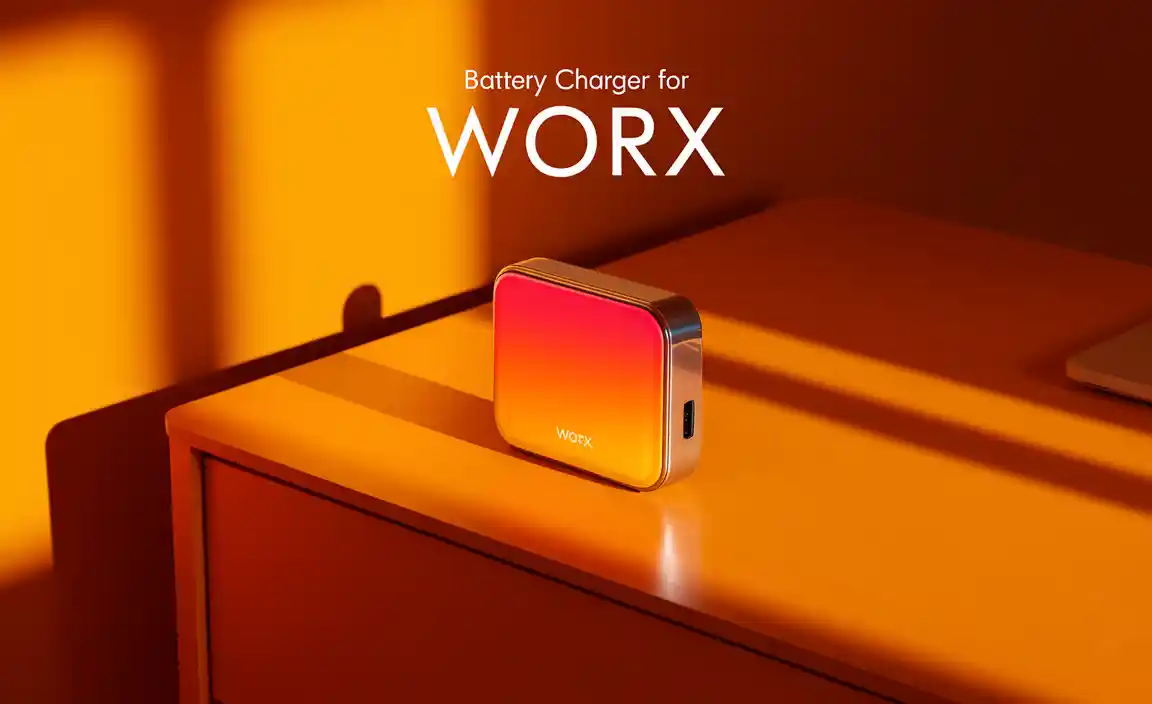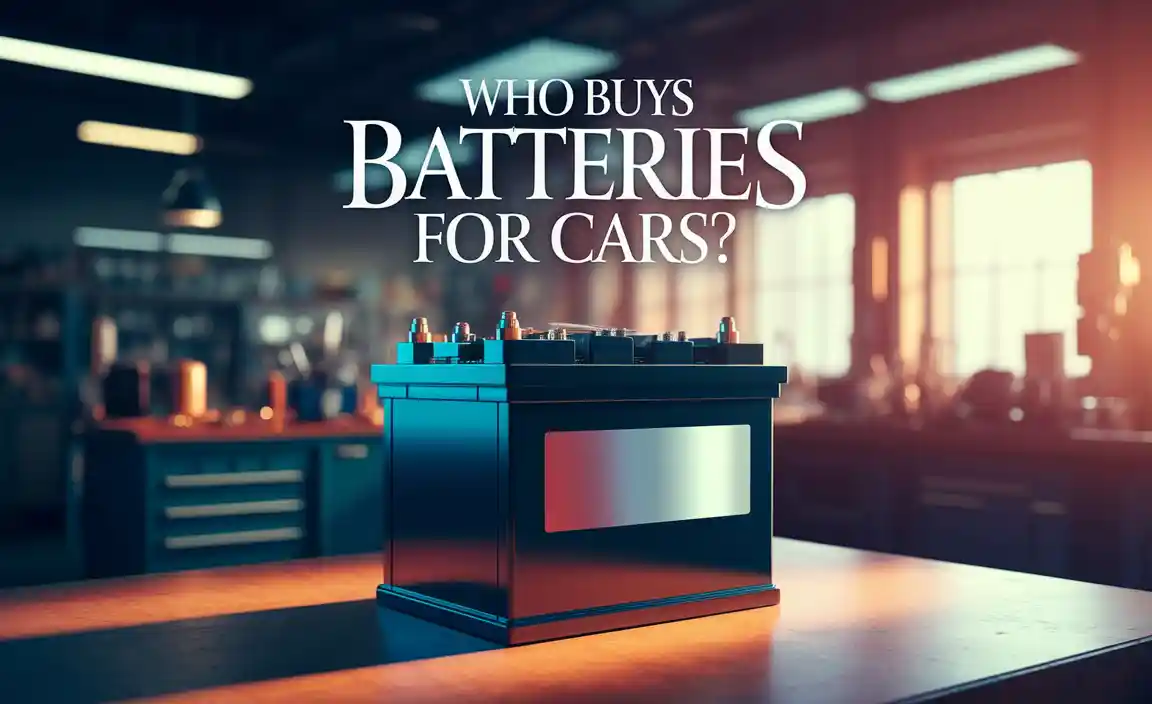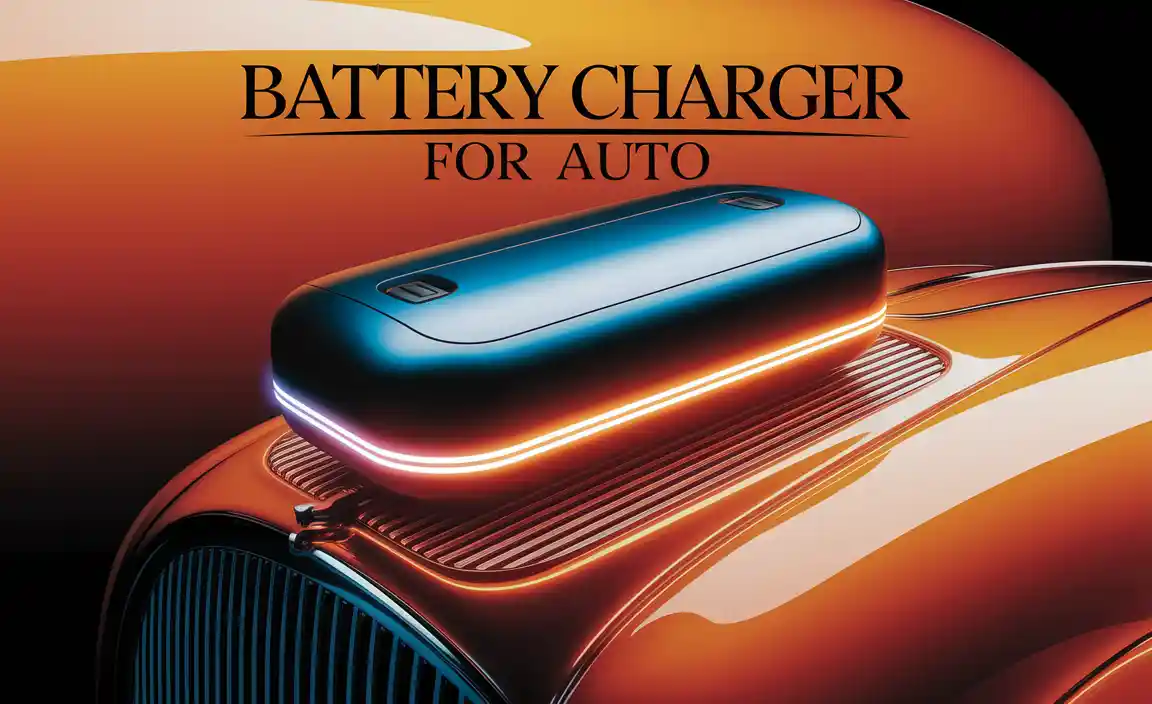Quick Summary: Inexpensive, warrantied lead-acid car batteries offer reliable starting power for less. Choosing one involves understanding core specs like Cold Cranking Amps (CCA) and reserve capacity (RC), looking for reputable brands, and verifying warranty terms. This guide helps you find essential power without overspending, ensuring your vehicle starts dependably.
Cheap Lead Acid Car Battery With Warranty: Your Essential Guide to Affordable Power
Is your car struggling to start? Do you hear that slow, weak crank? It’s a common worry for drivers, and often, the culprit is an aging car battery. Replacing it can feel expensive, but it doesn’t have to be. You can find a perfectly good, cheap lead-acid car battery with a solid warranty that keeps your car running smoothly and your wallet happier. We’re here to break down exactly how to find that essential power without the premium price tag. Stick with me, and we’ll make sure you drive away with confidence, knowing you’ve got a dependable battery powering your journey.
Why Choose a Lead-Acid Battery?
When we talk about car batteries, most of the ones you’ll see under the hood are lead-acid batteries. They’ve been the reliable workhorse of the automotive world for over a century, and for good reason:
- Affordability: They are generally the most budget-friendly option compared to newer technologies like lithium-ion.
- Reliability: They offer dependable starting power, especially in a wide range of temperatures.
- Proven Technology: This technology is well-understood, making them easy to find and service.
- Recyclable: Lead-acid batteries are highly recyclable, which is a great benefit for the environment.
While other battery types exist, for most everyday drivers looking for a cost-effective and reliable solution, a good lead-acid battery with a warranty is still the smart choice.
Understanding Key Battery Specs: What Matters Most
Shopping for a battery can seem like deciphering a secret code. But don’t worry, it’s simpler than it sounds! Here are the main things to look out for when searching for that cheap lead-acid car battery with warranty:
Cold Cranking Amps (CCA)
This is probably the most important number. CCA tells you how much power the battery can deliver in freezing temperatures (0°F or -18°C) for 30 seconds while maintaining a voltage above 7.2 volts. The higher the CCA, the better your car will start in the cold.
- General Rule: Always meet or exceed your car manufacturer’s recommended CCA. You can usually find this in your car’s owner’s manual or on a sticker on the old battery.
- Why it matters: In colder climates, a higher CCA is crucial. It’s the difference between a quick start and a frustrating no-start.
Reserve Capacity (RC)
Reserve Capacity measures how long a fully charged new battery can deliver 25 amps at 80°F (27°C) before its voltage drops too low to be useful. Think of it as a backup power supply.
- What it means for you: A higher RC is good if you tend to leave lights or accessories on accidentally for short periods and want your car to still start. It also indicates the battery’s ability to power essential systems if the alternator fails temporarily.
Battery Group Size
This is a standard sizing system that ensures batteries fit physically into your car’s battery tray and that the terminals are in the right place. You must get the correct group size for your vehicle.
- How to find it: Your owner’s manual will specify the correct group size (e.g., Group 24F, Group 35, Group 65). You can also often find this information on the old battery itself or by using online look-up tools on auto parts store websites.
- Don’t guess: An incorrect size won’t fit, or the cables might not reach, making installation impossible.
Warranty Matters!
When looking for a “cheap” battery, a strong warranty is non-negotiable. It’s your protection against a faulty product. Warranties typically have two parts:
- Free Replacement Period: This is usually the shorter period (e.g., 1-3 years) where if the battery fails, you get a brand new replacement at no cost.
- Pro-Rata Period: After the free replacement period ends, if the battery fails, you can get a credit towards a new battery based on how old the failed battery was. The longer this period, the more value you get.
Look for batteries with at least a 1-2 year free replacement warranty. For a truly cheap option, aim for brands that offer decent pro-rata coverage to maximize your investment.
Where to Find Cheap Lead Acid Car Batteries with a Warranty
You don’t need to go to a specialty shop to find a good deal. Many places offer affordable batteries with solid backing:
1. Big Box Auto Parts Stores
Stores like AutoZone, O’Reilly Auto Parts, Advance Auto Parts, and NAPA are excellent sources. They carry a range of brands, from their own house brands (often the most affordable) to major national brands.
- Pros: Wide selection, knowledgeable staff, easy to find your specific vehicle’s needs, often offer free battery testing and installation, and handle warranty claims easily.
- Cons: Prices can vary, so always compare.
2. Warehouse Clubs
Places like Costco and Sam’s Club often have their own brand of batteries (e.g., Kirkland Signature at Costco) that are very competitively priced, often with surprisingly good warranties. They are focused on value.
- Pros: Excellent pricing, usually good warranties for the price, convenient if you’re already a member.
- Cons: Limited selection, may not have the exact group size or specs for all vehicles, staff may not be as specialized in auto batteries as at dedicated auto parts stores.
3. Online Retailers
Websites like Amazon, Walmart.com, and even direct from battery manufacturers (though less common for “cheap”) can offer competitive prices. Be cautious with shipping costs and warranty processes when buying online.
- Pros: Potentially great deals, convenience of home delivery.
- Cons: You need to confirm compatibility yourself, warranty claims can be more complicated (shipping back a battery is a hassle), and you miss out on immediate installation and testing.
4. Tire Shops and General Retailers
Some tire dealers and even large general retailers (like Walmart) sell car batteries. They can be competitive, but it’s essential to check the brand, specs, and warranty carefully.
Comparing Battery Brands and Price Points
Not all batteries are created equal, even within the lead-acid category. Here’s a general idea:
| Battery Tier | Price Range | Typical Warranty (Free Replacement) | Best For |
|---|---|---|---|
| Budget/House Brands (e.g., EverStart, Super Start, Kirkland) | $80 – $130 | 1-2 years | Drivers on a tight budget, less demanding driving conditions, second vehicles. |
| Mid-Tier National Brands (e.g., DieHard, Duralast, ACDelco) | $120 – $180 | 2-3 years (sometimes longer) | Most drivers seeking a good balance of price, performance, and warranty. Offers better reliability and lifespan. |
| Premium/Specialty Batteries (e.g., Optima, Odyssey) | $180+ | 3-4 years or more | High-performance vehicles, demanding conditions (extreme heat/cold, frequent short trips), vehicles with many electronics. (Often not the “cheap” option, but worth knowing about). |
For a “cheap lead acid car battery with warranty,” you’ll be looking at the Budget/House Brands and perhaps the lower end of the Mid-Tier. Focus on the warranty length and the CCA for your specific vehicle.
DIY Battery Installation: A Step-by-Step Guide
Replacing your car battery is a very achievable DIY task for most people. It’s a great way to save on labor costs. Just remember, safety first!
Tools You’ll Need:
- Safety Glasses: Essential to protect your eyes from acid or debris.
- Gloves: Acid can irritate skin.
- Wrench Set or Socket Wrench: Usually a 10mm or 13mm socket is needed for terminal clamps and hold-down brackets.
- Battery Terminal Cleaner Tool (Wire Brush): To clean corrosive buildup off terminals.
- Anti-Corrosion Spray or Grease: Optional, but recommended for protecting terminals after installation.
- New Battery: The one you purchased!
- Rag or Paper Towels: For cleaning.
Step-by-Step Installation:
Important Safety Note: Batteries contain corrosive sulfuric acid and can produce flammable hydrogen gas. Always work in a well-ventilated area and avoid sparks or open flames. Never smoke near a battery.
- Prepare Your Vehicle: Turn off the engine completely. Open the hood and locate your car battery. It’s usually at the front or side of the engine bay.
- Identify Terminals: Notice the positive (+) and negative (-) terminals. The positive terminal is usually larger and marked with a red cover or symbol. The negative terminal is marked with a black cover/symbol.
- Disconnect the Negative Terminal FIRST: Using your wrench, loosen the nut on the clamp that connects to the negative (-) terminal. Once loose, gently twist and pull the cable off the terminal. Tuck it away so it can’t accidentally touch the terminal again.
- Why this order? Disconnecting the negative first prevents a short circuit. If your wrench touches the car’s metal body while loosening the positive terminal, it can create sparks if the negative is still connected.
- Disconnect the Positive Terminal: Now, loosen the nut on the clamp connected to the positive (+) terminal. Twist and pull the cable off the terminal. Again, tuck it aside.
- Remove the Battery Hold-Down: Most batteries are secured by a bracket or clamp at the base or top. You’ll need to remove bolts or nuts holding this in place. Keep these parts safe, as you’ll need them to secure the new battery.
- Lift Out the Old Battery: Batteries are heavy! Carefully lift the old battery straight up and out of the tray. Use a battery carrier or get help if needed. Try to keep it level to avoid spilling acid.
- Clean the Battery Tray and Cables: Use your rag to clean out any debris or dust in the battery tray. Inspect the battery cables and terminals for corrosion (a white or blue powdery substance). If you see corrosion, use your wire brush or a dedicated terminal cleaner tool to scrub the cable clamps and battery posts until they are shiny metal. Apply a bit of anti-corrosion spray or grease afterward if you have it.
- Place the New Battery: Carefully lower the new battery into the tray, ensuring it’s oriented correctly (positive and negative terminals in the same position as the old one).
- Secure the New Battery: Reinstall the hold-down bracket and tighten the bolts/nuts to keep the battery firmly in place. It shouldn’t wobble.
- Connect the Positive Terminal FIRST: Place the positive (+) cable clamp onto the positive terminal post. Tighten the nut securely.
- Why this order? Connecting the positive first and then the negative last is the reverse of disconnecting and also helps prevent accidental shorts.
- Connect the Negative Terminal: Place the negative (-) cable clamp onto the negative terminal post. Tighten the nut securely.
- Final Check: Ensure both terminals are tight and the battery is secure. Close the hood.
- Start Your Car: Start the engine! If everything was done correctly, your car should start up smoothly.
Tip: Some modern cars may need to have their radio presets or clock reset after the battery is disconnected. Your owner’s manual might have specific instructions for your vehicle if it’s particularly sensitive.
Maintaining Your Lead-Acid Battery for Longevity
Even a cheap battery can last longer with a little care. Simple maintenance can help you avoid premature replacement:
- Keep it Clean: Regularly check the terminals for corrosion. Clean them as needed with a wire brush and a mixture of baking soda and water. Rinse carefully and dry.
- Ensure a Secure Fit: A loose battery can be damaged by vibrations, and loose terminals can cause starting problems.
- Check Water Levels (for non-sealed batteries): Some older or budget batteries are “serviceable,” meaning you can remove caps and add distilled water to the cells if they get low. Check your manual, and ONLY use distilled water. If your battery has solid tops, it’s sealed and doesn’t need this. Many modern cheap batteries are sealed.
- Avoid Deep Discharges: Try not to leave lights or accessories on for extended periods when the engine is off, as this drains the battery significantly.
- Regular Driving: Short trips can actually wear down a battery faster than longer drives because the alternator doesn’t have enough time to fully recharge it. If you only make short trips, consider a trickle charger.
- Consider a Trickle Charger: If your car sits for long periods, a small trickle charger can maintain the battery’s charge and extend its life. These are inexpensive and easy to use. You can learn more about them from resources like The U.S. Department of Energy’s Vehicle Technologies Office, which discusses various aspects of vehicle power systems.
When to Replace Your Battery
Even with good care, batteries don’t last forever. Here are signs it might be time for a new one:
- Slow Engine Crank: The most common sign. The engine turns over slower than usual.
- Clicking Sound When Starting: If you turn the key and only hear a rapid clicking, it often means the battery doesn’t have enough power to crank the engine.
- Dim Lights: Headlights or interior lights seem dimmer than usual, especially when the engine is off.
- Battery Warning Light: A warning light on your dashboard (often looks like a battery symbol) indicates a charging system problem, which could be the battery itself.
- Swollen Battery Case: If the sides of the battery appear bulging, it’s likely due to overheating or overcharging and is dangerous. Replace it immediately.
- Age: Most car batteries are rated for 3-5 years of life. If yours is over 4 years old and showing any signs of weakness, it’s wise to get it tested and consider replacement proactively.



